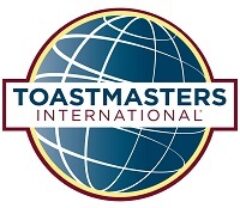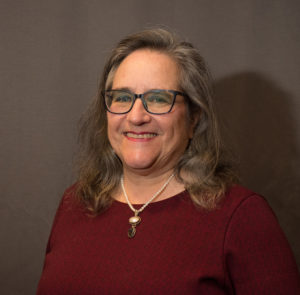One of the greatest experiences in Toastmasters is reciprocating by helping fellow Toastmasters achieve their goals while you achieve yours. This creates an ever-expanding circle of sharing compared to a one-time experience between two or more people.
Here are ten Toastmasters tips to help you reach milestones whether you plan to achieve a traditional or a Pathways DTM:
- Organize a club officer training session in your division with permission from district leaders
- Serve as a trainer at club officer training
- Assist at club, area, division and district contests if you are not a contestant
- Provide advice in your area of expertise for a club member’s speech; he/she helps in a similar way for you
- If practical, carpool with fellow club members to contests, meetings, district special events or training sessions
- Serve on a guidance committee for a Toastmaster working on a traditional or Pathways High Performance Leadership (HPL) project
- If you are a speaker, offer to evaluate another speaker during a club speakout
- Help a fellow club member become confident beginning Pathways when you are both ready
- Inspire a fellow Toastmaster to take on a club or district officer role for 2019-2020 and share what you learned during your term
- Notify club members seeking speaking slots when you learn about opportunities in other clubs
Often, club members are eager to help; Go ahead and ask.
Blog contributed by Su Brooks, DTM 2 District 83 Training Coordinator and Social Media Strategist
Su has been a Toastmaster since July 2000 and has earned two DTM awards in the Traditional program. In Pathways, she is working on three paths: Leadership Development, Presentation Mastery, and Engaging Humor. In addition, she recently began the Pathways Mentoring Program.
For 2018-2019, she serves as the Sergeant at Arms for Talk of Monmouth, an advanced club in Tinton Falls, New Jersey, and as the District Training Coordinator and a Social Media Strategist.
She is a member of No Limits Toastmasters in Staten Island, New York, where she serves as the audio technician on the production crew for Toastmasters in the Community, a cable TV show.
For 2019-2020, Su will take on the role of Destination DTM Chair for District 83.



